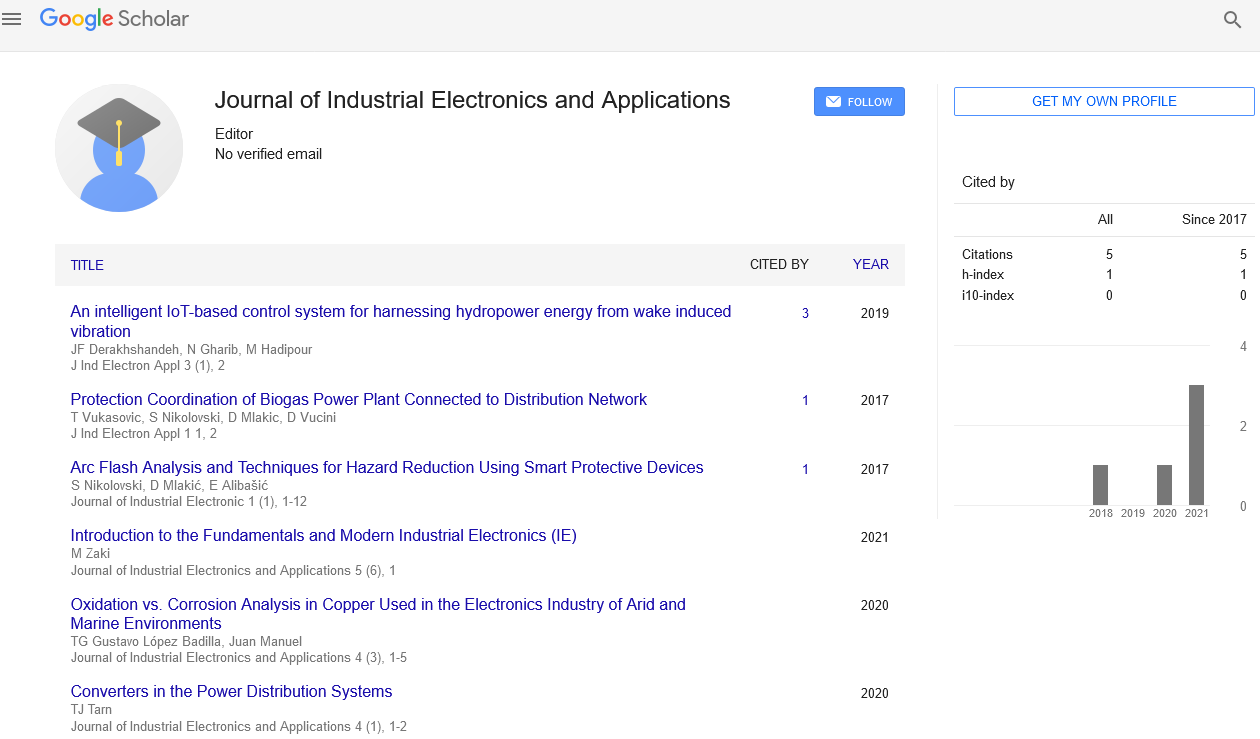Editorial, J Ind Electron Appl Vol: 4 Issue: 2
Communications and Signal Processing
Dae Chul SUH*
PhD Professor, Neurointervention Clinic, Asan Medical Center University of Ulsan, College of Medicine, Korea
*Corresponding Author : Dae Chul SUH
PhD Professor,
Neurointervention Clinic, Asan Medical Center University of Ulsan, College
of Medicine, Korea
Tel: (822) 3010-4366
E-mail: dcsuh@amc.seoul.kr
Received: July 10, 2020 Accepted: July 17, 2020 Published: July 31, 2020
Citation: doi:10.37532/jiea.2020.4(2).e105
Keywords: digital communications
Editorial
Research in the Communications and Signal Processing area focuses on issues regarding the efficient processing and transmission of data. Some examples of sources of data include sound, images, and sensor output signals.
Signal processing algorithms deal with efficiently transforming the signals resulting from these sources into digital data streams. Communications research focuses on efficiently transmitting streams of data from one location to another. One important example of communications research is the investigation of techniques that transmit ever increasing data rates with multiple users while consuming less radio frequency spectrum and transmitted signal power.
The subject of digital communications (DCOMM) involves the transmission of information in digital form from a source that generates the information to one or more destinations. Of particular importance in the analysis and design of communication systems are the characteristics of the physical channels though which the information is transmitted.
In DCOMM, the characteristics of a channel greatly affect the design of the basic building blocks of the communication system. As such, digital communications research strives to come to a understanding about all physical elements of a communication system and its functions. Digital Communications makes use of functions and methods such as statistical channel modeling, modulation and demodulation techniques, optimal receiver design, performance analysis techniques, source coding, quantization, and fundamentals of information theory.
Digital Signal Processing: Digital signal processing (DSP) is the study of signals in a digital representation and the processing methods of these signals. DSP and analog signal processing are subfields of signal processing. DSP has at least three major subfields: audio signal processing, digital image processing and speech processing. Since the goal of DSP is usually to measure or filter continuous real-world analog signals, the first step is usually to convert the signal from an analog to a digital form, by using an analog to digital converter. Often, the required output signal is another analog output signal, which requires a digital to analog converter.
The algorithms required for DSP are sometimes performed using specialized computers, which make use of specialized microprocessors called digital signal processors (also abbreviated DSP). These process signals in real time and are generally purpose-designed ASICs.
Image Analysis and Computer Vision: Computer image analysis largely contains the fields of computer or machine vision, and medical imaging, and makes heavy use of pattern recognition, digital geometry, and signal processing. This field of computer science developed in the 1950s at academic institutions such as the MIT A.I. Lab, originally as a branch of artificial intelligence and robotics.
Computers are indispensable for the analysis of large amounts of data, for tasks that require complex computation, or for the extraction of quantitative information. On the other hand, the human visual cortex is an excellent image analysis apparatus, especially for extracting higher-level information, and for many applications – including medicine, security, and remote sensing – human analysts still cannot be replaced by computers. For this reason, many important image analysis tools such as edge detectors and neural networks are inspired by human visual perception models.
Computer vision is the science and technology of machines that see. As a scientific discipline, computer vision is concerned with the theory and technology for building artificial systems that obtain information from images or multi-dimensional data. Information is that which enables a decision. Since perception can be seen as the extraction of information from sensory signals, computer vision can be seen as the scientific investigation of artificial systems for perception from images or multi-dimensional data.
Computer vision can also be described as a complement (but not necessarily the opposite) of biological vision. In biological vision, the visual perception of humans and various animals are studied, resulting in models of how these systems operate in terms of physiological processes. Computer vision, on the other hand, studies and describes artificial vision systems that are implemented in software and/or hardware. Interdisciplinary exchange between biological and computer vision has proven increasingly fruitful for both fields. Applications of computer vision systems include robots and autonomous vehicles, detection, organizing information, and modeling objects.
Digital communication is the process of devices communicating information digitally. This tutorial helps the readers to get a good idea on how the signals are digitized and why digitization is needed. By the completion of this tutorial, the reader will be able to understand the conceptual details involved in digital communication.
 Spanish
Spanish  Chinese
Chinese  Russian
Russian  German
German  French
French  Japanese
Japanese  Portuguese
Portuguese  Hindi
Hindi 